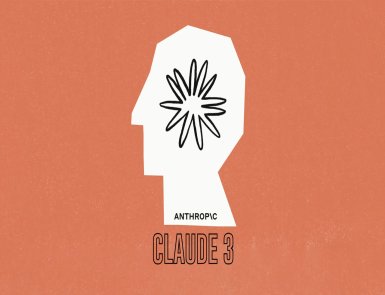Astro is an open-source web framework that enables users to design fast, efficient, and high-performance websites. It released its new avatar on August 30, 2023, known as Astro 3.0.
According to the team, it is several times faster and feature-rich than previous versions.
In this post, we will take an in-depth look at the revolutionary features of Astro 3.0. Before that, let us have a quick look at an Astro overview.
Overview of Astro
This open-source web framework is used to design heavy websites, such as landing pages, blogs, technical documentation, etc.
Launched in June 2021, this open-source project provides support to more than 10,000 users. Similar to platforms like Next.js, Nuxt.js, and SolidStart, Astro features single-file components.
The framework comes with a wide range of features, including partial hydration, zero-config development, incremental static regeneration, and static site generation.
Let’s find out how Astro 3.0 is different from the previous version.
What is new with Astro 3.0?
Astro 3.0 is becoming popular as a prominent web framework to support the View Transitions API. Furthermore, it provides functionality for new browser APIs. Astro 3.0 features several exciting features, such as image optimization, SSR enhancements, performant HTML output, faster rendering, and more.
Get to know more about these features in detail below.

Astro 3.0: Exploring the New Features and Enhancements
Full support for View Transitions API
One of the outstanding features of Astro 3.0 is its support for View Transitions API. This application programming interface allows developers to create seamless transitions between different website components.
You can fade, persist, morph, and slide stateful elements across page navigation. Furthermore, it enables native browser transition effects between pages.
Earlier, only single-page applications could do transitions. With Astro 3.0, native page transition is possible. This feature makes it easier for developers to enhance user experience.
Now you can:
- Transform persistent elements from one page to another
- Fade content on and off
- Slide content on and off
- Persist regular UI across pages without a refresh.
Image Optimization (stable)
Astro 3.0 features stable image optimization. Like Next.js, it also has a built-in <image> component that manages everything about rendering images on the web.
This new version of Astro allows developers to compress or resize images. It automatically minimizes the page load times.
As a result, images load faster in the browsers of users. This built-in feature has a significant role in enhancing website speed and performance.
You can follow the below steps to use image optimization in Astro 3.0.
- Configure astro assets in your astro.config.mjs.
- Import images from the relative path from the existing .astro file.
- Use the image’s src and other properties in the <img> tag.
Some other worth describing updates about image optimization in Astro 3.0 include:
- Support for Vercel’s built-in image service.
- You can optimize images from CMS tools and remote workflows.
- Astro utilizes Sharp as the default optimization library
Faster Rendering Performance
Astro is renowned for its rendering performance. However, with version 3.0, it has taken one step further. Compared to Astro 2.9, this new version renders components about 30% faster.
This significant performance improvement is due to the less amount of JavaScript transported to the client by improving the rendering path.
The developing team at Astro removed as much superfluous code as possible.
SSR Enhancements for Serverless
Astro 3.0 has brought numerous improvements to Server Side Rendering (SSR) for serverless applications. SSR technique generates web pages on the server before transporting them to the clients.
Astro 3.0 lets you create responsive and dynamic web applications using serverless functions. Therefore, you get new ways to connect to the hosting platforms.
HMR Enhancements for JSX
Updating code was a big challenge with previous versions. Fortunately, with Astro 3.0, you can update codes instantly without refreshing the entire page.
The framework brings HMR enhancements to JSX components. As a result, developers see changes in real-time. Not only does it minimize the development time, but also speeds up the debugging process.
Astro 3.0 provides fast refresh support to React and Preact users. They can make changes without the fear of losing the component’s state.
In addition, it also supports the component hierarchy. Consequently, the application maintains its structure after code changes.
Optimized Build Output
Astro 3.0 comes up with several changes in optimized build outputs. This latest version naturally minifies HTML outputs, reducing the payload and improving the overall response time.
In addition, the team at Astro has replaced the messy astro-xxxx class names with a specific HTML attribute.
Conclusion
Astro 3.0 improvements make this framework ideal for web developers looking to create user-friendly yet powerful websites. It puts more stress on developer experience, performance, and user satisfaction. With features like support for the View Transitions API, improved rendering performance, and Image Optimization, we can say that Astro 3.0 leaps forward in the web development world.









